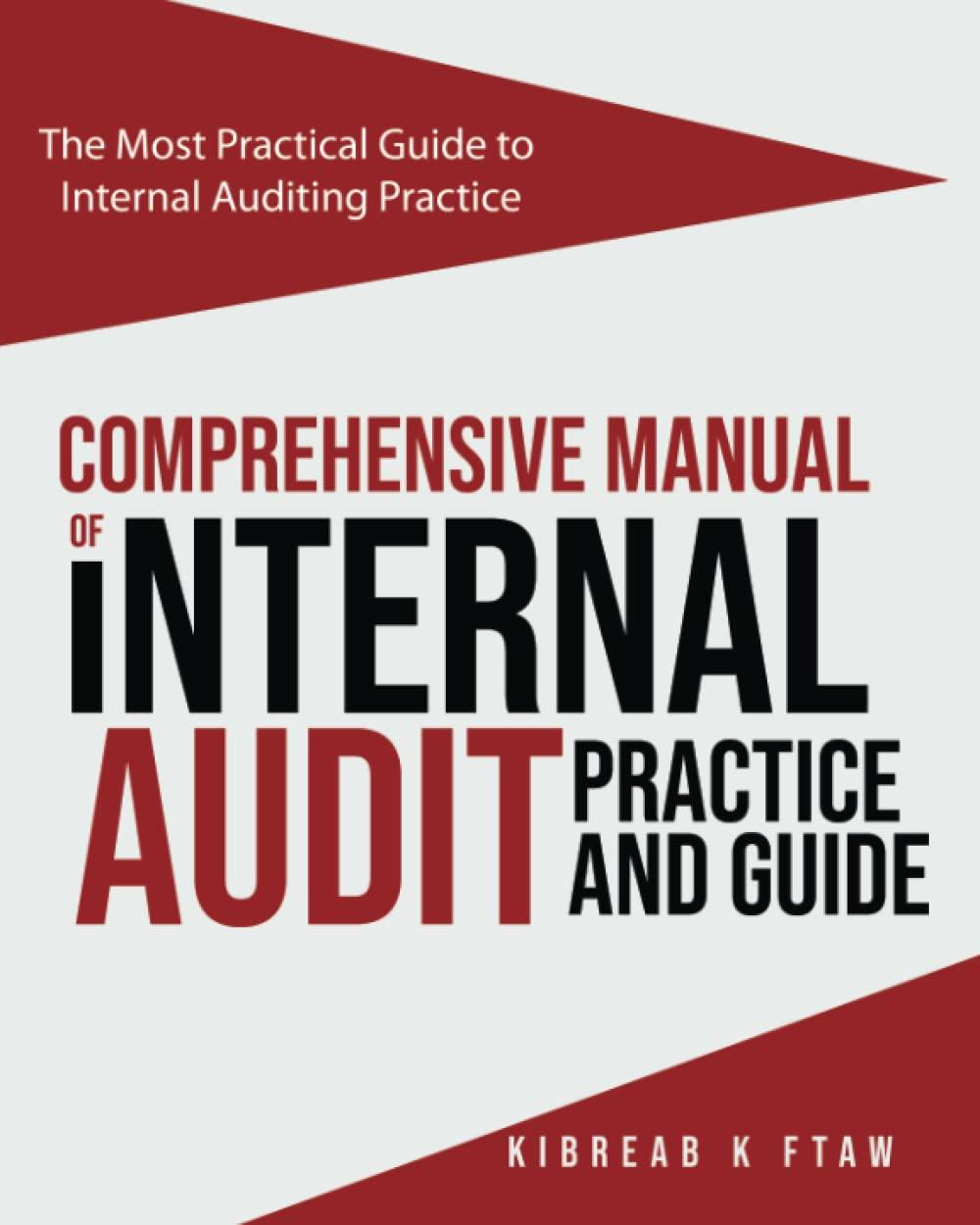Aa 2. Changing the credit period Making changes to a firm's credit policy involves trade-offs. Assuming that all other factors remain constant, which of the following are outcomes expected to result from an increase in a firm's cash discount? Check all that apply. An increase in the cost of the discounts given An increase in the firm's bad-debt expenses A decrease in the creditworthiness of the firm's customers An increase in the creditworthiness of the firm's customers Hoosier Seeds (HS), a wholesaler of seeds and plant nursery products, currently sells on terms of net 45 to its customers but is experiencing a days sales outstanding (DSO) of 105 days. In an effort to reduce this delay, HS's management is considering implementing its first cash discount. The revised credit terms, 1/25 net 45, are expected to reduce its DSO to 75 days. HS expects 20% of its customers to take the discount, but it does not expect its inventory level to change as a result of the policy change. HS has annual sales of $6,500,000 and incurs variable costs of 65%. Sales and the level of variable costs are not expected to change with the alteration in credit policy. HS wants to earn a pretax return of 12% on its receivables investment. Given this data, answer the following questions, and round all final dollar amounts to the nearest dollar. A. What is the expected incremental change in HS's average receivables balance? B. How much cost savings is generated by the reduction in the receivables investment? ID A decrease in the creditworthiness of the firm's customers An increase in the creditworthiness of the firm's customers Hoosier Seeds (HS), a wholesaler of seeds and plant nursery products, currently sells on terms of net 45 to its customers but is experiencing a days sales outstanding (DSO) of 105 days. In an effort to reduce this delay, HS's management is considering implementing its first cash discount. The revised credit terms, 1/25 net 45, are expected to reduce its DSC to 75 days. HS expects 20% of its customers to take the discount, but it does not expect its inventory level to change as a result of the policy change. HS has annual sales of $6,500,000 and incurs variable costs of 65%. Sales and the level of variable costs are not expected to change with the alteration in credit policy. HS wants to earn a pretax return of 12% on its receivables investment. Given this data, answer the following questions, and round all final dollar amounts to the nearest dollar. A. What is the expected incremental change in HS's average receivables balance? B. How much cost savings is generated by the reduction in the receivables investment? C. How much in cash discounts will be sacrificed by HS? D. What is the net change in HS's pretax earnings? E. Should the company make the change to its credit policy








